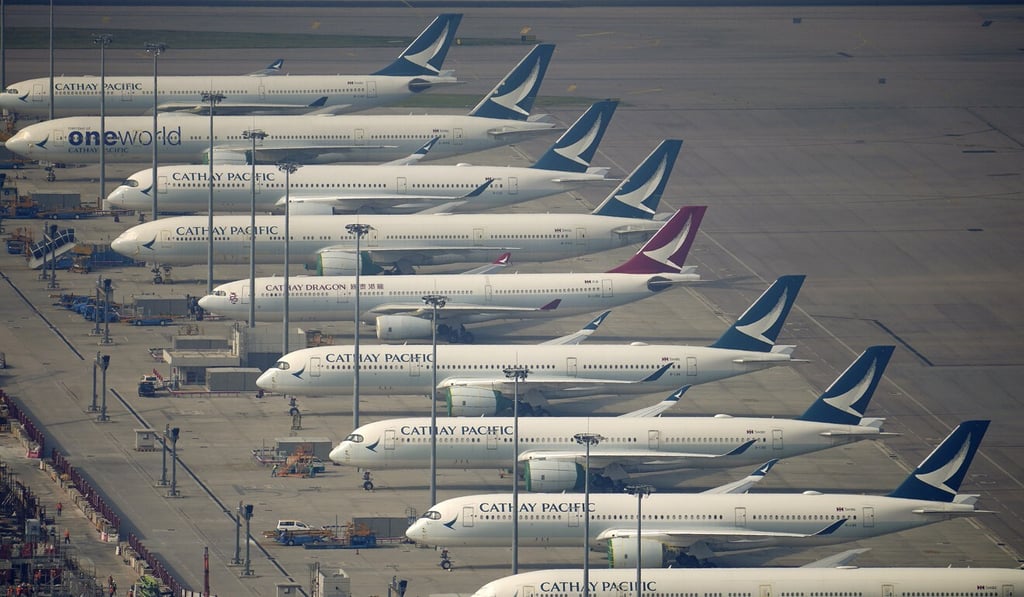Advertisement
Climate change: what happened to Asia-Pacific’s green recovery from coronavirus?
- As the coronavirus sends carbon emissions plummeting, the world has glimpsed a cleaner, greener future
- While Japan, Korea and Singapore have taken a lead in the green sector, the region’s developing countries seem stuck in a fossil-fuel past
Reading Time:5 minutes
Why you can trust SCMP
0

Over 100 commercial jets stand idly on the tarmac of Singapore’s Changi Airport, grounded by the Covid-19 pandemic that has debilitated the airline industry.
Passenger volume at what was the world’s seventh busiest airport has plummeted to a mere 1.5 per cent of happier and noisier times before the pandemic.
This sight is repeated at aviation hubs across the world, with some 31 per cent of the world’s 26,000 commercial planes still inactive according to aviation data company Cirium, even as air travel creeps up with the establishment of travel bubbles between countries with low virus transmission rates.

But there has been a silver lining. Coupled with working from home, an arrangement that remains the default mode of white-collar labour in many countries, carbon-dioxide emissions have fallen to an unprecedented low.
A study published in the prestigious Nature Communications journal in October found the amount of carbon dioxide emitted worldwide in the first half of this year was 8.8 per cent less than in the same period last year – a decrease of 1,551 million tonnes. This was a larger drop than during the financial crisis of 2008, the oil crisis of 1979 or even World War II.
Advertisement